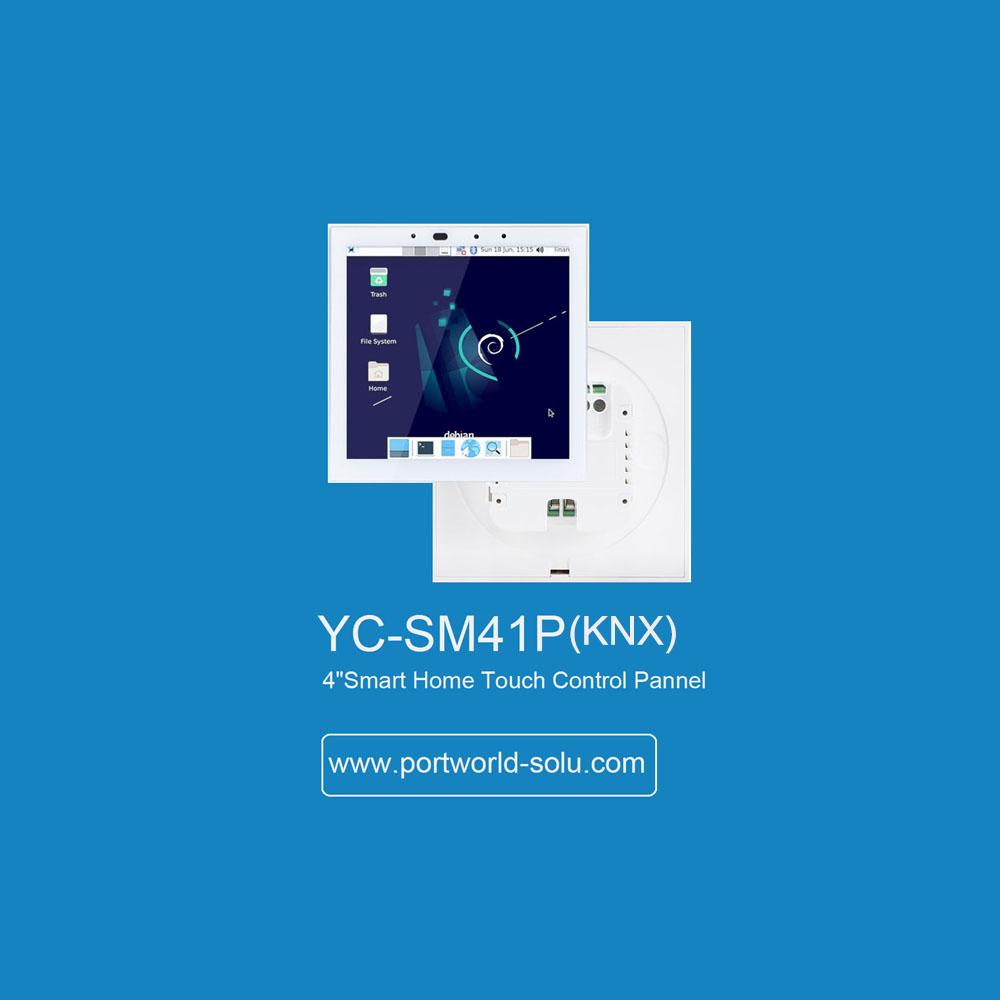1. Cost-Effective Development
Traditional smart home panels can be expensive, often ranging from hundreds to thousands of dollars. With a Raspberry Pi (around $35–$70 depending on the model), you can build a powerful hub for a fraction of the price.
2. Full Customizability
The open-source nature of Raspberry Pi allows for full control over:
-
Operating system (Linux-based or Android builds)
-
Software interfaces (Node-RED, Home Assistant, openHAB, etc.)
-
Communication protocols (Zigbee, Z-Wave, MQTT, KNX, etc.)
3. Compact Form Factor
Its small size makes it perfect for embedding inside walls, behind touchscreens, or inside custom-built enclosures.
4. Strong Community Support
There is a massive global community constantly sharing software, guides, and hardware expansion modules for DIY projects.
How Many Apps Do I Need to Control My Smart Home?
How to Compile an SDK: A Complete Guide for Developers and Integrators
RK3566 Mainboard PCBA Assembly Process Explained: From SMT to Final Testing
RK3568 Embedded Mainboard PCBA Production Plan: How to Select and Customize Effectively
PCBA Motherboard: What You Need to Know
What is the Most Common Size of a Smart Home Control Panel in the USA?
Are Amazon Fire Tablets the Most Cost-Effective Option for Home Automation Control Panels?
What You Need to Know About the Raspberry Pi Ecosystem
Wholesale Cheap Rockchip RK3566 Motherboard in Stock
Amazon Echo Hub Smart Home Control Panel with Alexa
How to Use a Smart Control Console
How to Choose a 10-Inch Smart Home Control Panel with RS485 and KNX for Building Automation
Best OEM Manufacturer for AI Smart Control Panels with Multiple Protocol Integration
What is an OEM Control Panel?
Wholesale Smart Control Panels: Bulk Purchase and Custom Smart Home Solutions by Portworld

